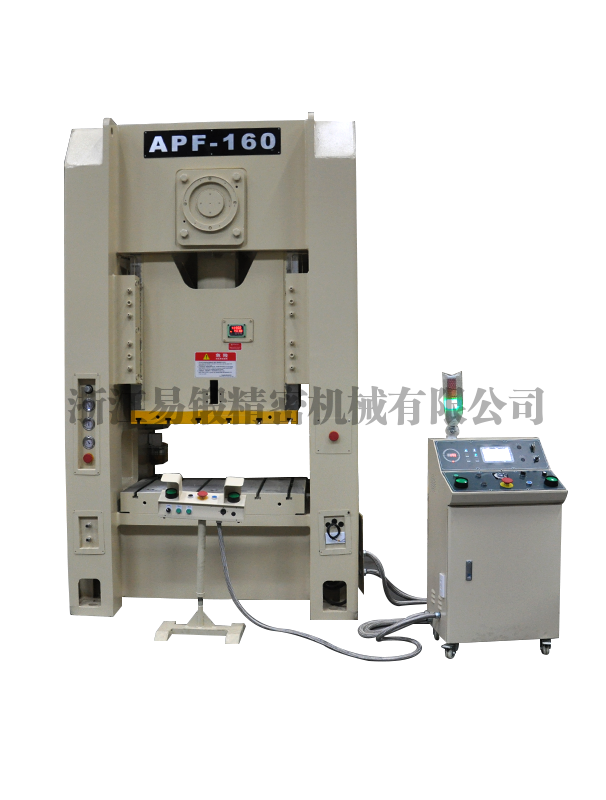Common trouble shooting methods of pneumatic punch?
Under the long-term application of pneumatic punch, because of the improper installation and operation of the cylinder, the pneumatic components are easy to produce internal and external leakage, the output force is not enough and the posture is not stable, the cushioning effect is not good, the piston rod and cylinder head of the pneumatic punch are damaged, and so on. Then, how to deal with this problem?

The internal and external leakage of the cylinder is generally caused by the axial force of the piston rod installation, insufficient supply of lubricating grease, worn or damaged sealing rings and rings, impurities in the cylinder and scars on the piston rod In case of internal and external leakage of the cylinder, the center of the piston rod should be adjusted again to ensure the parallelism between the piston rod and the cylinder liner; the reliability of the oil mist atomizer should be checked frequently to ensure the excellent lubrication of the components; when the sealing ring and sealing ring of the pneumatic punch are worn or damaged, they should be replaced immediately; if there are impurities in the cylinder, they should be removed immediately; there are scars on the piston rod If necessary, it should be renewed;
2. The output force of the cylinder is not enough and the posture is not stable. Generally, the piston rod or piston rod is stuck, the lubrication is not good, the air supply is not enough, or the master cylinder has condensed water and impurities. Therefore, the center of the piston rod should be adjusted; the work of the oil mist atomizer should be checked; the gas pipeline is blocked; when there is condensed water and impurities in the cylinder, it should be removed immediately ;
3. The cushion effect of the cylinder is not good, which is usually caused by the abrasion of the cushion sealing ring or the damage of the adjusting screw. In this case, the sealing ring and the adjusting screw should be replaced;
4. The damage of the piston rod and the cylinder head is usually caused by the failure of the axial force of the piston rod or the buffer structure. In this regard, the center of the piston rod should be adjusted, and the buffer seal ring or adjusting screw should be replaced.